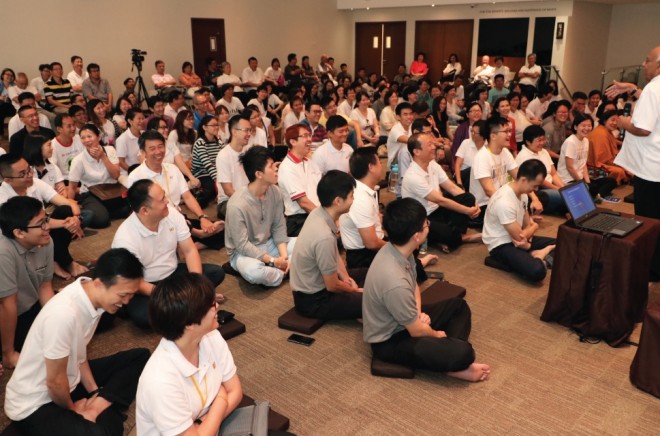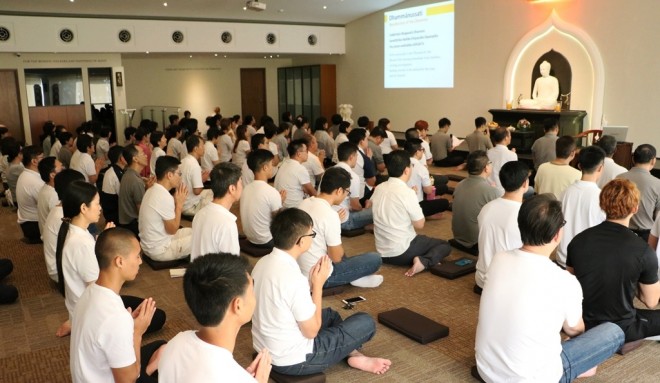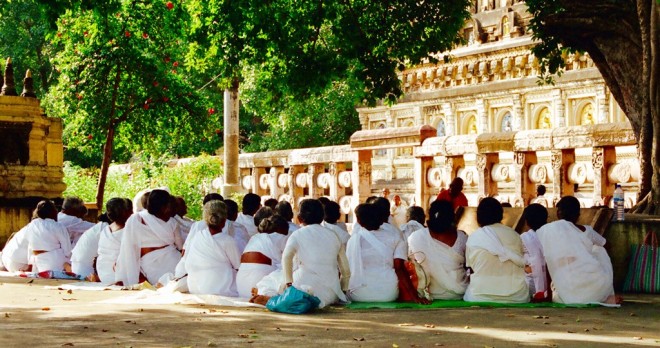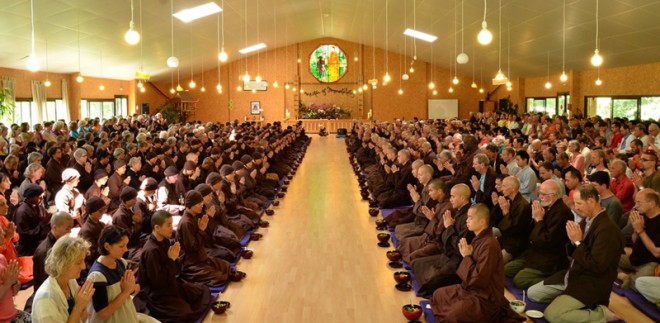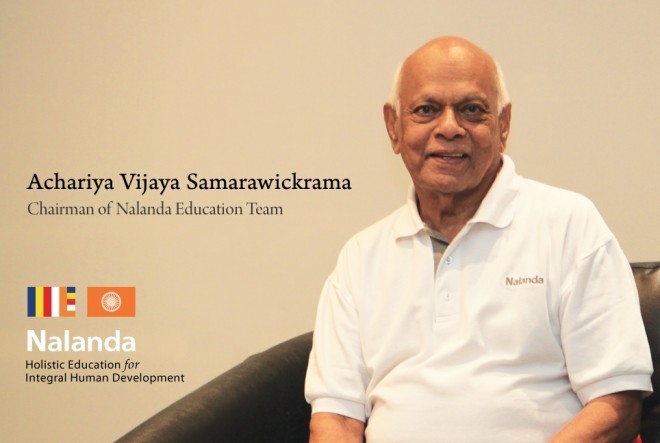Nalanda ‘Education Day’ Message
Message from Vijaya Samarawickrama, Chairman of Nalanda Education Team
“Moving forward together”
More than 2,600 years ago, in the sacred Deer Park in Sarnath, the Blessed One set in motion the ‘Wheel of glorious Dhamma’. Soon after hearing the injunction to “preach the Dhamma – excellent in the beginning, excellent in the middle, excellent in the end – for the welfare and happiness of the many”, the Buddha’s first 60 arahant disciples went far and wide to compassionately propagate the Buddha-Word.
Eventually, Buddhism spread across the vast continent of Asia. Buddha-Sāsana flourished in many lands, bringing incalculable peace and harmony besides enhancing people’s quality of life through meditation, philosophy, culture and literature over two millennia. More recently, because of globalization, the sacred teachings have even taken root in Europe, the Americas, Africa and Oceania. As a result, peoples from diverse backgrounds and ethnicities have embraced the teachings and are calling themselves Buddhists.
While we can rejoice at these developments, we must not blind ourselves to the obvious challenges they pose to a proper Understanding and Practice of what the Buddha taught. Given the phenomenal changes due to advancement in science and technology, materialism poses a challenge to ways and perceptions of life which had held steady for millennia.
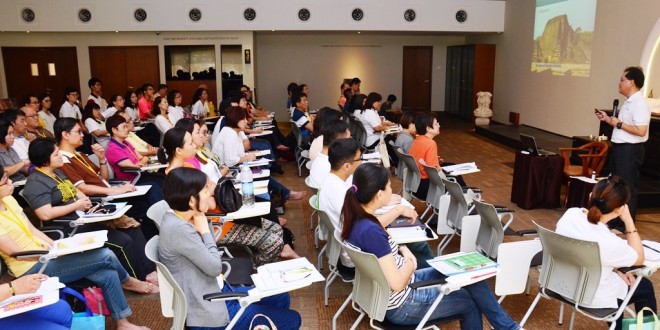
People nowadays are not satisfied with merely religious dogmas and rituals; many are looking for the meaning and purpose of life, which Buddhism can adequately provide.
With unrestricted availability of knowledge, people are no longer willing to simply accept religious beliefs and rituals as guiding principles in life. They want religion to provide them with Meaning: what is the purpose of this life? They want happiness here and now, and not in some future heaven whose existence they cannot verify empirically.
Needless to say, the Teachings of the Buddha are more than amply suited to satisfy this need. The “Dhamma” is grounded on rational explanation of how the universe actually works rather than on legends and beliefs. This naturally makes it “akalika” – not restricted by time and therefore equally relevant for the past, present and future.
This eternal “Dhamma” must not be confused with the institutionalized religion which we call “Buddhism”, today. “Buddhism” is constrained by time; its external manifestations also change over time and space. We must be careful to distinguish the differences between what the Buddha taught and what we think he taught. Our challenge is to recognize what these differences are and then devise strategies to explain the ancient teachings so that they are meaningful and relevant to contemporary society. This is what we mean when we say “Moving forward”.
What then do we mean by “together”? It means that all of us must clearly recognize and agree what the needs of present-day society are, and what we can do to help people cope with life according to the Teachings of the Buddha. If we do not think and work together, we cannot go forward in making the timeless wisdom of the Buddha relevant for today’s worldlings.
We at present time have the privilege of receiving the Buddha’s Teachings from our forebears. It is now our responsibility to hand it over to coming generations the glorious Dhamma which is pure in essence, but adapted to contemporary culture.


